Being in nature is where I feel most at home. If you want fresh air, wild horses, glaciers and glacial lakes mirroring the towering slopes above, then Santa Cruz National Park is for you.
After renting my tent and cooking equipment in Huarez, I started the four day hike perpetually wondering how I was going to get through this; not only was I lugging all this gear, but also hiking at altitude. Here we go camping Solo in Santa Cruz! I was really excited to see the glacial landscape and had been told it was similar to what we had seen in Chile a month before.
After taking a collectivo (local bus) from Yanguy to La Vaqueria (the english translation of this town’s name is literally ‘a herd of cows’), we needed some time to recover from the petrifying journey uphill. Squeezing through narrow gaps in the traffic whilst travelling on an icy road, as well as passing crosses marking people’s deaths was enough for one morning.
Day 1
Hiking to Paria was so beautiful, and I met so many glorious people! Camping Solo in Santa Cruz really isn’t that daunting after all. The local residents in the villages were very friendly and if you know some Spanish, they will find something to talk to you about, normally football. Cows, sheep and wild horses graze the meadows and provide a beautiful side attraction to the stunning mountain peaks that stud the valley in the background. Depending on the time of year, parts of the route can get muddy. My boots got caked in mud, but luckily there are streams for you to clean up along the way.
The Paria campsite was quite busy, but if you carry on down the path a bit further, it is possible to find quieter campsites if you’d prefer. It rained overnight and unfortunately my tent leaked (some of the rental tents have holes so please inspect yours first before taking it out!) However, waking up to the beautiful scenery reaffirmed the main reason why I was doing this.
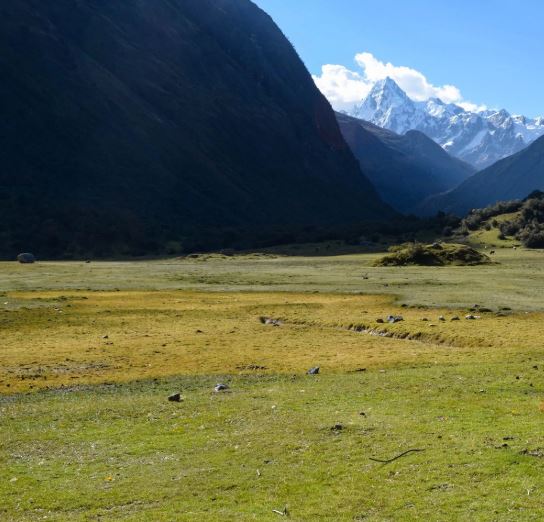
The lush, grassy land that winds its way up to the Paria Valley
Day 2
This was the toughest day as we made our way up to Punta Union. The 4,750 meter climb carrying all the kit (and at such a high altitude) was extremely taxing. Once we got to the top, we realised that luck was on our side; we had arrived on a clear day so the views hadn’t been spoiled by the intense snow.
Contemplating where I was going to stay for the night on the smooth climb back down, I decided I wanted to stay at Laguna Arhuaycocha. But as soon as I arrived, I noticed how rocky and steep the terrain was, which would have made it impossible to have a good night’s sleep. So I headed south back down to the Taullipampa meadow. This high altitude plateau has lots of camping options.
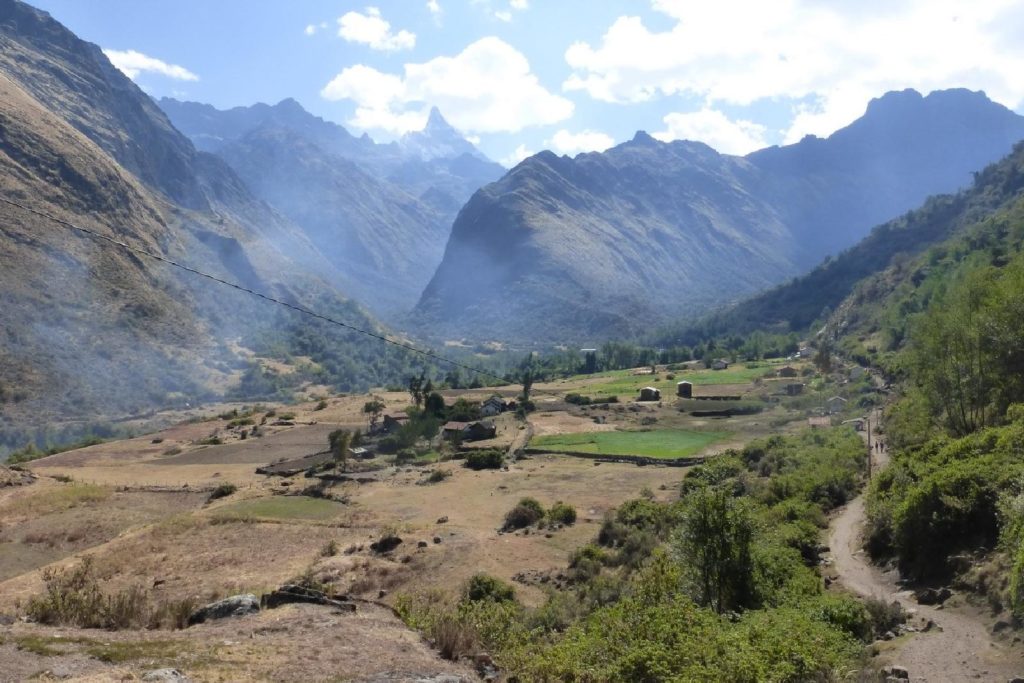
Hiking through the Huaripampa Valley is easier on the knees than the sudden climb up to the Punta Union
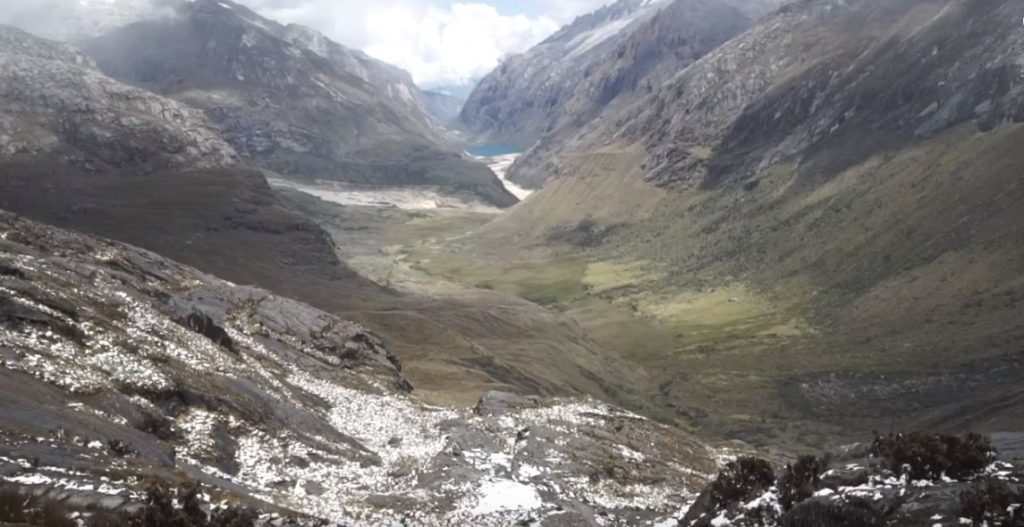
Incredible views back down the valley from Punta Union
Day 3
Entering a moon-like landscape just past Taullipampa, I started to feel rather confused. There hadn’t been any terrain like that on the walk up to that point. As the sand dissipated from under my feet, I entered woodland with fairy-like streams criss-crossing the paths leading up to a mystical waterfall where I took rest. I set up camp for the night at the Llamacorral campsite for the evening.
Day 4
The hike out of the park to Cashapampa was fairly straightforward, although some parts were fairly steep. The total decline for this day was 900 feet.
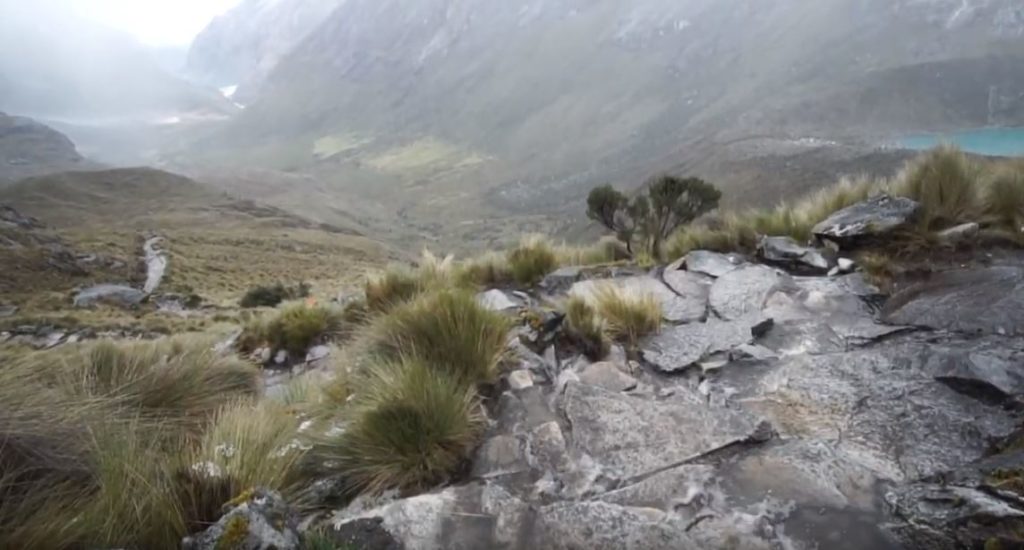
Meltwater from the snow-covered peaks provides perfect drinking water
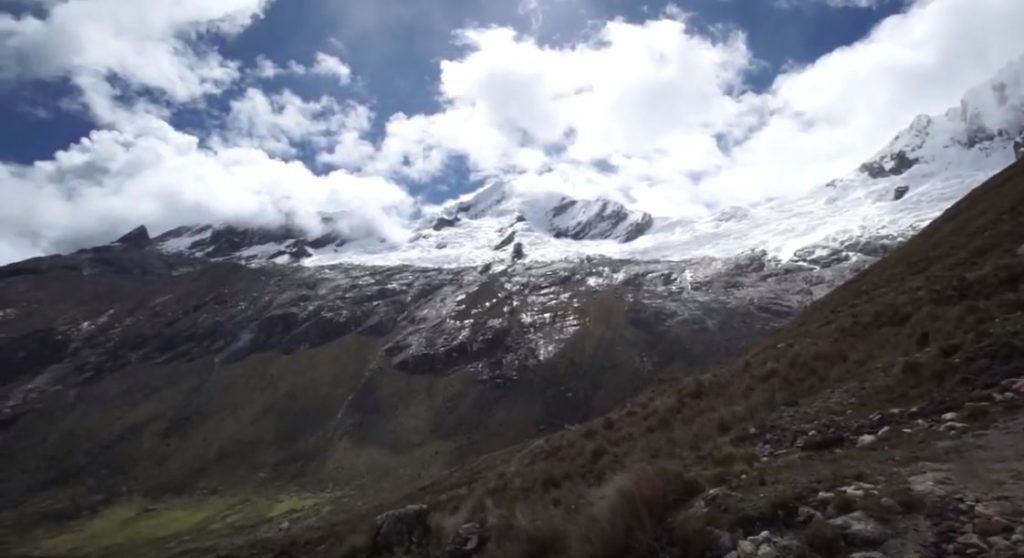
The snow-covered peaks line the valleys below
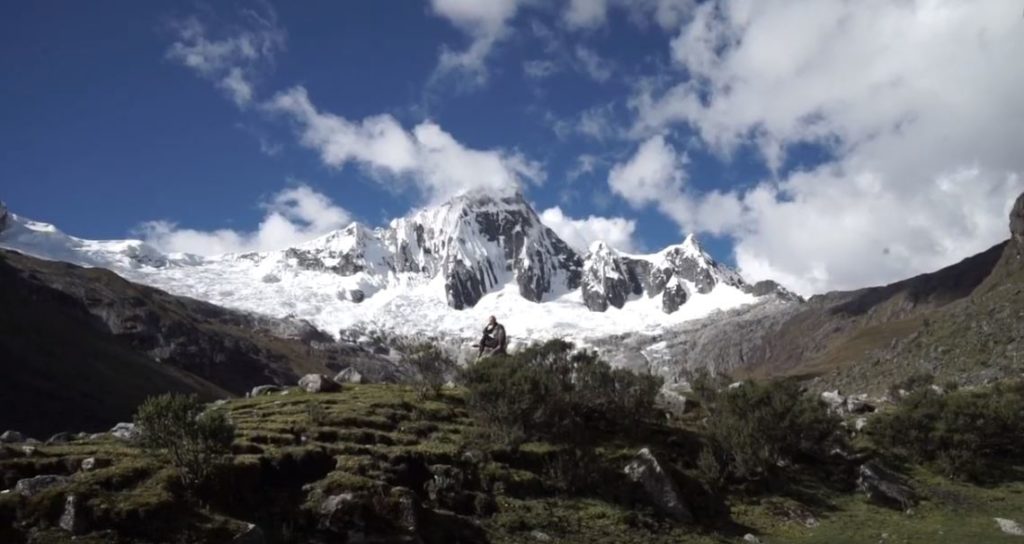
Punta Union stands proudly over the National Park
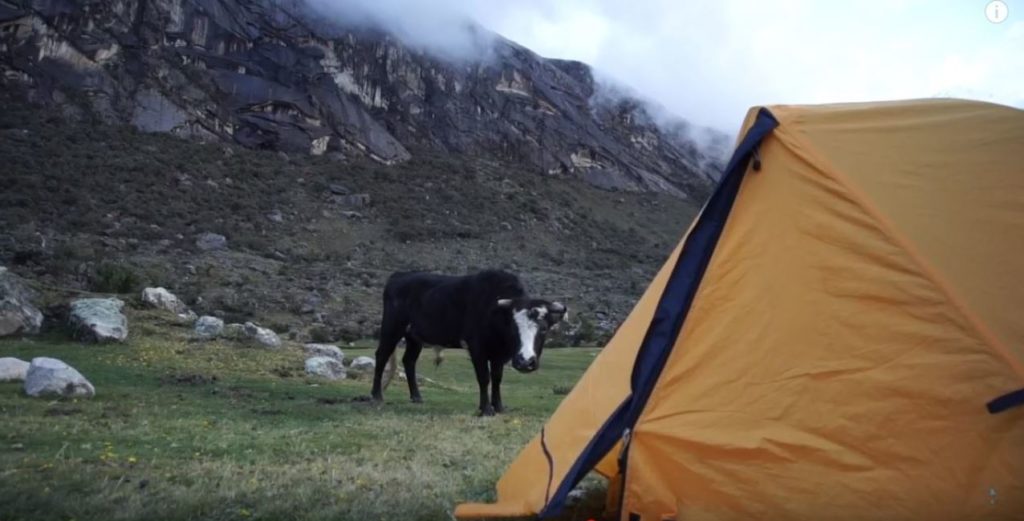
The cows curiously checking me out
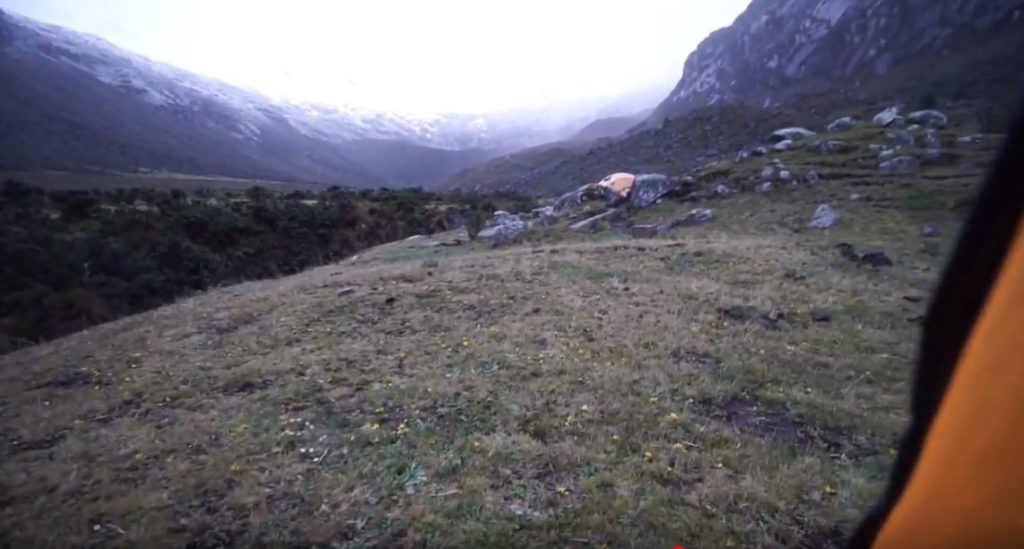
View from the tent
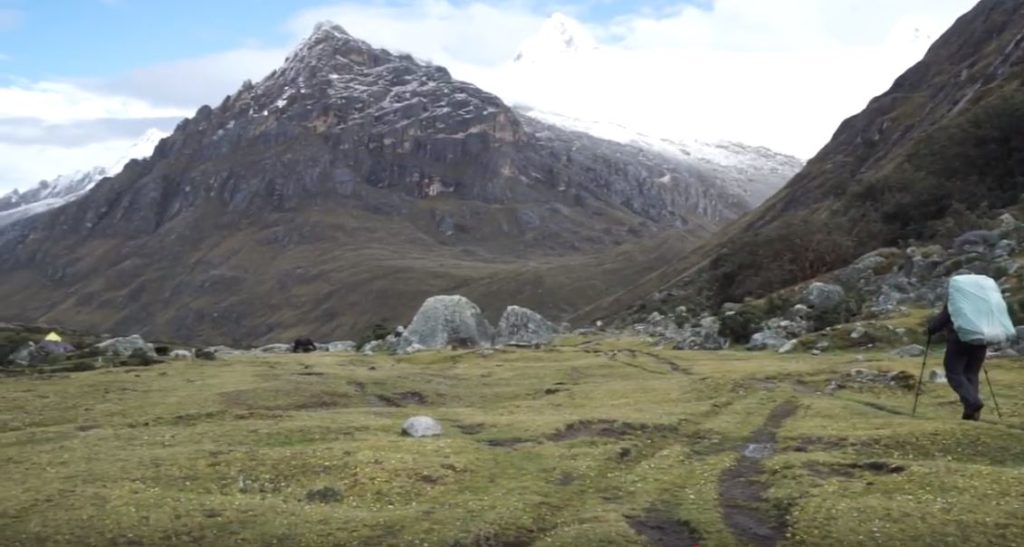
The trails through the park
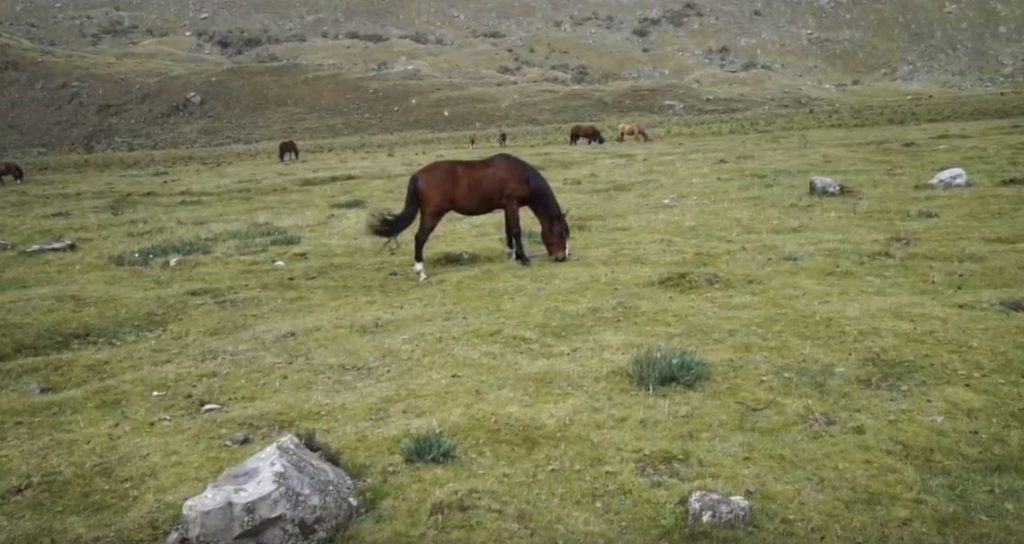
Wild horses roam the plains
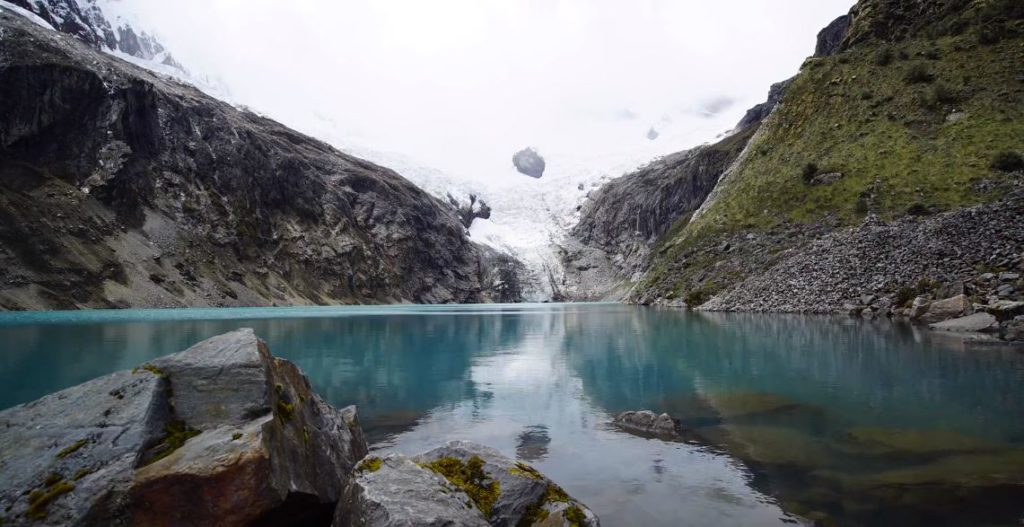
The glacier at Lake Arhuaycocha
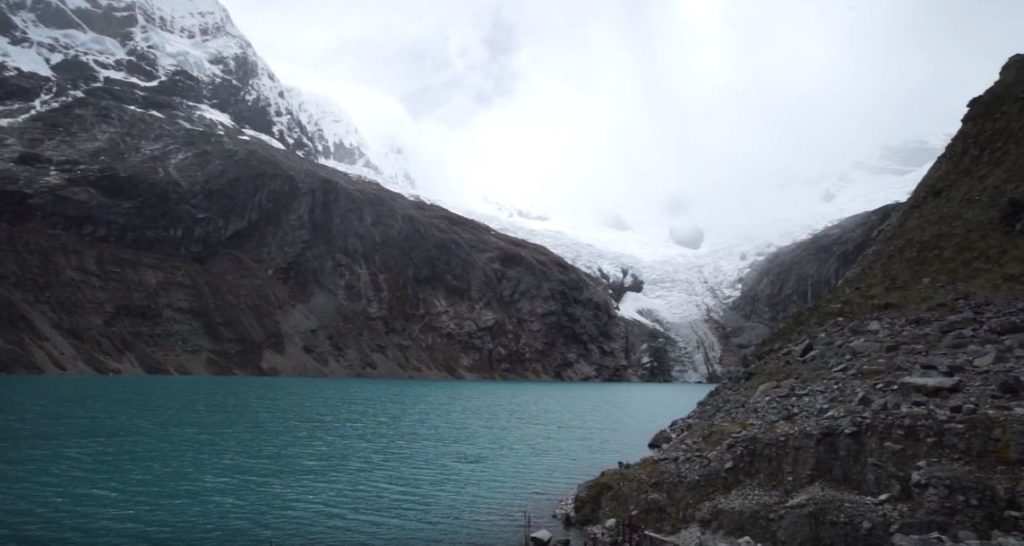
More of the glacier snaking down

